Stormont: How does the NI Assembly differ from the executive?
- Published
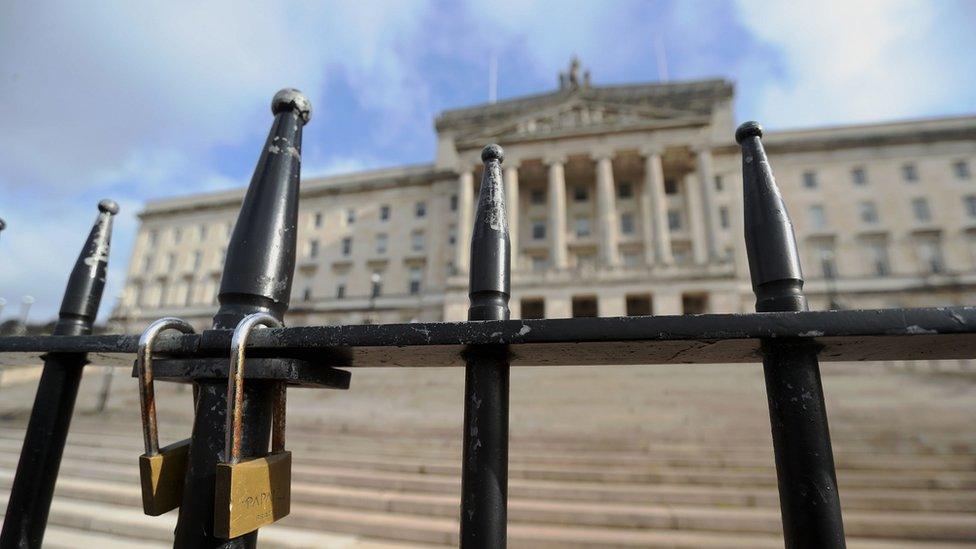
Northern Ireland's politicians have until midnight to restore the power-sharing executive - or face new elections.
The executive has not been operating fully since February, when the Democratic Unionist Party's Paul Givan resigned as first minister.
That move meant Deputy First Minister Michelle O'Neill was removed from office as the roles are joint.
It triggered the collapse of the power-sharing executive, as it is chaired by the first and deputy first ministers.
The other ministers remain in post until midnight on Thursday, but in curtailed roles where they cannot take controversial or major decisions.
The assembly has not sat - with the exception of special recall meetings - since the election in May.
This is because the DUP has refused to vote for a Speaker, meaning the assembly cannot function.
BBC News NI explains what the differences are between the assembly and executive.

So what is the assembly?
In basic terms, it is where laws are scrutinised and passed that relate to Northern Ireland.
It is essentially Northern Ireland's devolved parliament and meets on the outskirts of Belfast at the aptly titled Parliament Buildings, external.
A chamber of 90 members (MLAs) who are unionist, nationalist or other, is elected at least once every five years, using a proportional representation (PR) system.
The most recent assembly election was held on 5 May.
MLAs can hold debates, sit on departmental committees to scrutinise and amend legislation before it becomes law.
They can propose their own legislation on issues, which are known as private member's bills (PMBs).
MLAs also question ministers who sit on the executive during regular question and answer sessions in the assembly.

What is the executive?
Think of it as Northern Ireland's equivalent to the cabinet in Westminster.
It is the body made up of ministers from different political parties who share power and take policy decisions.
Also known as the Executive Committee, it is jointly chaired by a first and deputy first minister - one unionist, the other nationalist.

Paul Givan and Michelle O'Neill were the most recent first and deputy first ministers, respectively
They are chosen by the two largest parties from the unionist and nationalist blocs respectively.
From 2007 until the 2022 election the DUP was the biggest party and Sinn Féin was the second-biggest.
But those positions flipped in May.
Both ministers have equal powers, and one cannot be in office without the other.
The ministers who oversee the other eight governments departments , externalare drawn from both unionist and nationalist parties - as well as parties which are neither unionist or nationalist.
The numbers from each party are based on how many assembly seats they have won in an election.
This also means that politicians from smaller parties can be appointed as ministers.

What is the difference?
The executive's main function is to allow ministers to take decisions and shape policy on a range of issues.
It has powers over matters including the economy, education, health, and more recently, Covid-19.
But any decisions that are taken or plans to amend legislation must then go to the assembly for approval, external.
Ministers looking to take decisions on areas that could fall into the remit of another department or are deemed "significant or controversial" are also required to bring them to the executive for approval.
Certain areas - including international relations and defence - remain reserved for the UK government in London.

Why is the executive not in place right now?
The DUP's decision to withdraw Paul Givan from his role as first minister in the executive set in motion a chain of events.
Under Stormont's rules, his resignation triggered Ms O'Neill's removal as deputy first minister because the two roles are connected, and one cannot take decisions without the other.
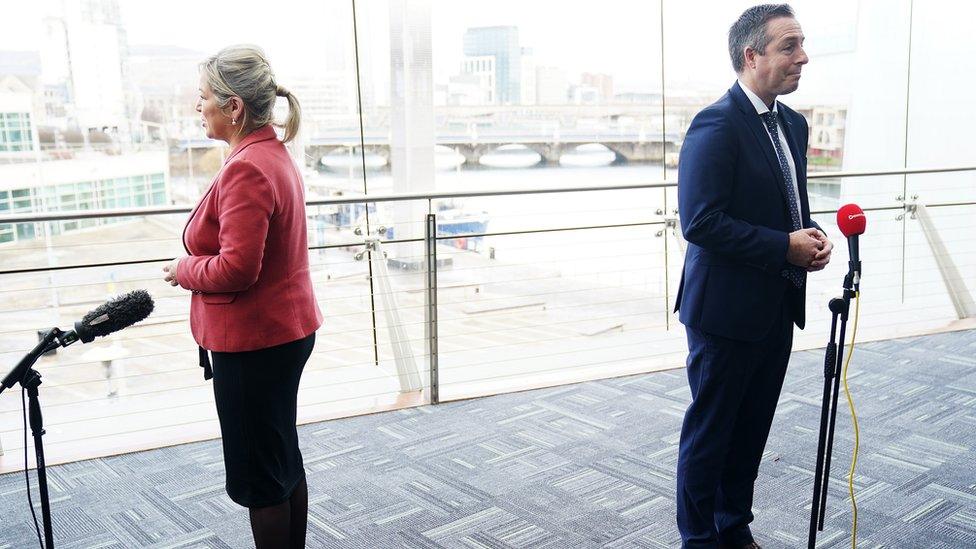
The roles of first and deputy first minister can not operate in isolation; if one goes so must the other
This system was designed during talks which led to the Good Friday peace agreement in 1998.
It largely ended decades of conflict known as the Troubles and helped establish modern power-sharing institutions in Northern Ireland.
But without a first or deputy first minister in place, the executive is unable to meet.
Other ministers have remained in post, but only to oversee remaining business in their in-trays.
Without an executive, new significant policy decisions cannot be taken.
Related topics
- Published8 February 2022
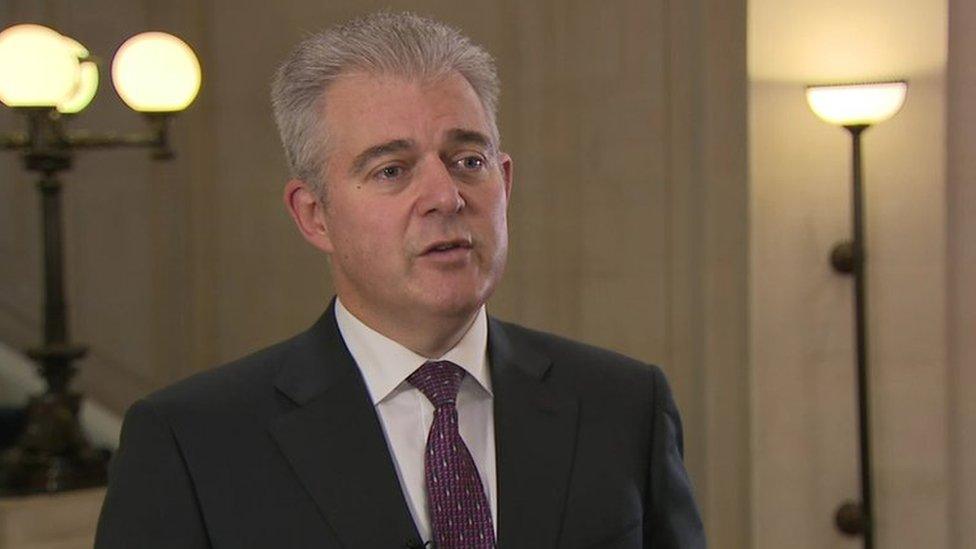
- Published7 February 2022
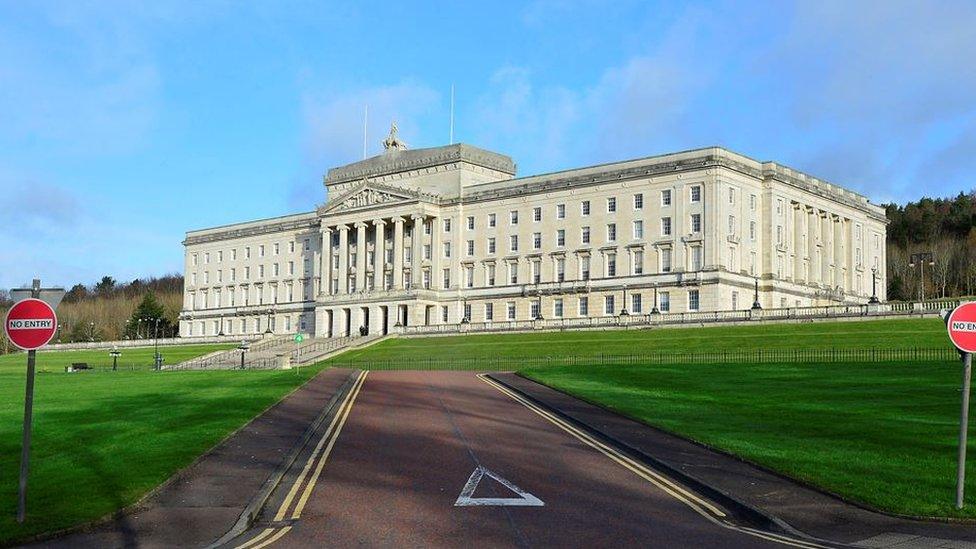
- Published4 February 2022
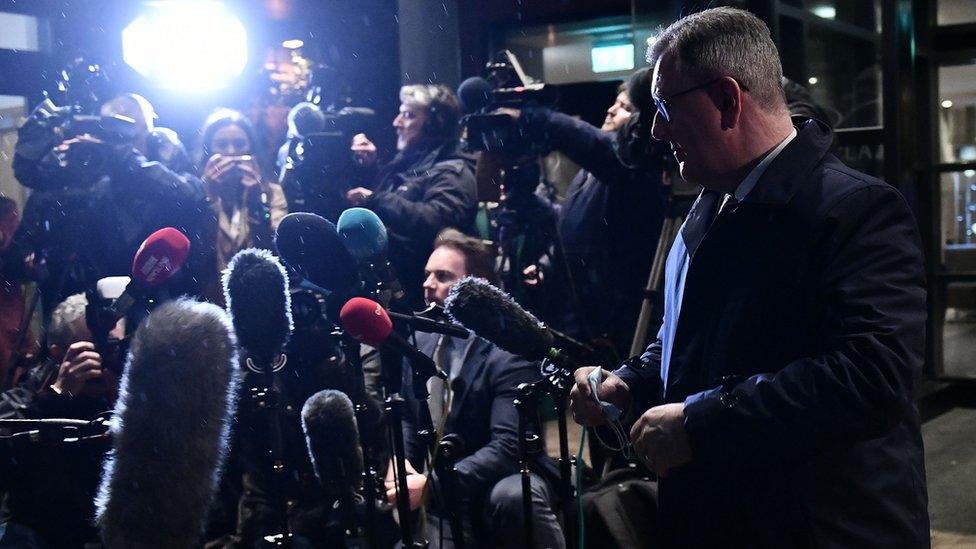
- Published3 February 2022

- Published3 February 2022
